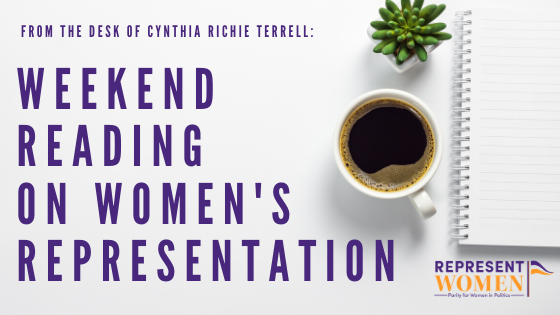
Weekend Reading on Women’s Representation is a compilation of stories about women’s representation in politics, on boards, in sports and entertainment, in judicial offices and in the private sector in the U.S. and around the world—with a little gardening and goodwill mixed in for refreshment!
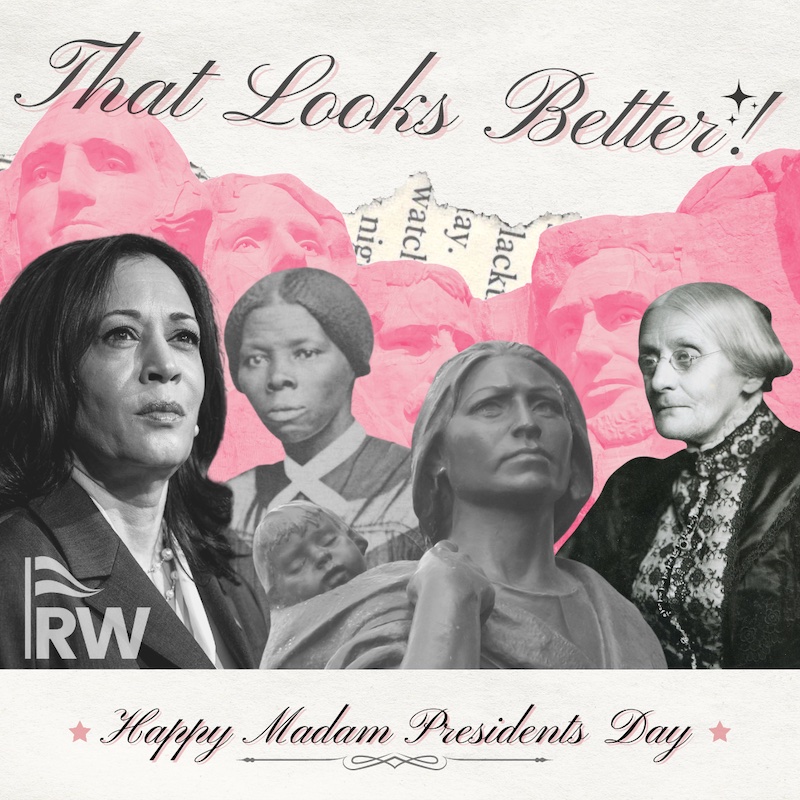
Dear fans of women’s representation and leadership,
According to Encyclopedia Britannica, about 70 of the world’s 193 countries have had a female head of state. Interestingly, the United States is one of a handful of the world’s most populous countries (others include China, Russia, Nigeria and Mexico) that have never elected a woman leader. While there are many reasons that a woman hasn’t been elected president in the U.S., it’s clear that there are many binders brimming with women who are more than qualified.
Six Latinas are on major-party primary ballots this year, a number that still could grow. https://t.co/7pHtbgSuI9
— 19thnews (@19thnews) February 15, 2022
Barbara Rodriguez reports in The 19th* News that a record number of Latinas are running for office up and down the ballot – this piece includes a quote from fellow ReflectUS board member Stephanie Lopez:
Six Latinas are on major-party primary ballots this year, a number that still could grow. Only one, Michelle Lujan Grisham of New Mexico, is an incumbent. Many of the others are in crowded primaries, running against candidates with major fundraising power. But, like Taddeo, many feel they’ve been underestimated before, running and winning without robust party support. And, experts say, even if they don’t win their party’s nomination, the Latina candidates are shaping the conversations in those races.
“The bench is loaded,” said Anna Sampaio, a professor at Santa Clara University who studies Latina and Latino politics. “There is a wealth of Latinas who are ready and primed to run.”
In previous election cycles, three or four Latina candidates have run for governor. The Center for American Women and Politics tracks major-party candidates, and according to its tally, in addition to Colombia-born Taddeo, the other Latina gubernatorial candidates include:
*Sonia Chang-Díaz, a Democratic state senator in Massachusetts who is considered the first Latina and Asian American elected to the state senate.
*Joy Diaz, a Democrat and former journalist in Texas who is from Mexico.
*Nellie Gorbea, the Democratic secretary of state for Rhode Island, who was born and raised in Puerto Rico.
*Jessica Gomez, a Republican business owner in Oregon, who identifies as Latina.
*Lujan Grisham, the first Democratic Latina to be elected governor of any state, who is seeking reelection.
At least one other gubernatorial candidate in Texas — Delilah Barrios — is running as part of the Green Party. She describes herself as Latina and Indigenous.
Stephanie Lopez, program director for LatinasRepresent, an initiative of the nonpartisan National Hispanic Leadership Agenda, said many Latina candidates are still fighting off outdated assumptions about their electability.
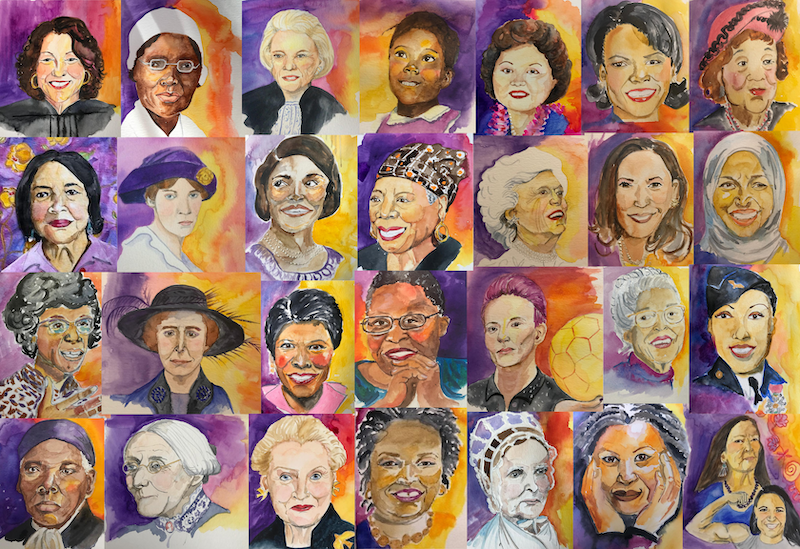
The Center for American Women and Politics announced this week that they will be disaggregating data by race and ethnicity, which will help to dispel the assumption that women of color are a monolith:
In both the summary information and pages linked below, we offer current and historic data on Asian American/Pacific Islander, Black, Latina, Middle Eastern and North African, Native American, Alaska Native, and Native Hawaiian, and White women officeholders as well as notable firsts. While these racial/ethnic categories are themselves imperfect and subject to change, we adopt these categories provisionally and in alignment with both the U.S. Census and CAWP’s historical race/ethnicity data collection. For more information on CAWP’s historic and current collection of race/ethnicity data, please see our methodological statement. For more information on historical milestones in women’s political representation, please see CAWP’s “Milestones for Women in American Politics.”
In our current reporting, women who self-identify as more than one race/ethnicity are included in each group with which they identify. We strongly caution against adding totals from each racial/ethnic group, as it will double count officeholders. To conduct more detailed calculations, users should refer to CAWP’s Women Elected Officials Database. For those choosing to report an aggregate count of “women of color,” including any women with racial/ethnic identities other than white, please refer to the database search tool by race/ethnicity (and select all but white and unavailable) or contact CAWP staff directly.

A new report from our friends at the Fawcett Society in the UK finds that women, and non-white women in particular, are underrepresented in the corporate sector:
The Sex and Power Index 2022 compiled by The Fawcett Society, which campaigns for gender equality and women’s rights at work, finds men still outnumber women by two to one in positions of power.
While some sectors show solid progress towards more equal representation in the Index, others, like sport, have revealed a progressive decline in the number of female sport governing body chairs (15% in 2022, from 20% in 2020) and CEOs (19% in 2022, from 21% in 2020). Women’s representation has improved in a minority of key areas. The Scottish Parliament, London Assembly, Combined Authorities and Local Economic Partnerships (LEPs) have all made gains towards equality since the last Sex and Power Index was published in 2020.
Spotlight on Australia

As the chart above illustrates, women hold more than 50 percent of seats in the Australian Senate, which has used ranked-choice voting in multi-winner districts since 1948. Representative Don Beyer introduced the Fair Representation Act, which includes multi-winner ranked-choice voting and independent redistricting commissions, to ensure fair representation outcomes by party, race, and gender in congressional elections, Learn more about RepresentWomen’s research on multi-winner ranked-choice voting and why we think it’s the most promising strategy to reach gender balance in politics in the United States in our lifetimes.
This article in the Guardian reports that the gender pay gap is narrowing in Australia:
Data from the Workplace Gender Equality Agency released on Friday shows women typically earn about $25,000 less than men.
The overall gender pay gap continued its downward trend for the 2020-21 financial year, pegged at 22.8%, meaning that for every $10 a man earned a woman made about $7.72.
That’s down by half a percentage point from the previous year, but the WGEA says it understates the true extent of the problem.
The pay gap includes super, bonuses and additional payments but excludes salaries for chief executives and heads of business, 81% of whom are men.
More than 60% of women are employed in part-time or casual roles and their work is converted into “full-time equivalent” earnings for the sake of calculations.
“No matter how the gender pay gap is calculated, there is a consistent gap in favour of men,” the report states.

An article by terrific ally Akshi Chawla in Ms. magazine explores why women are more likely to get elected to local office than to serve in a national parliament:
Women’s representation is higher by 7 percentage points (on average) in countries that had some form of mandated quotas, the report finds. Electoral systems too have an impact. Countries with proportional representation elected more women as compared to those where members are elected on the basis of majority.
“Majority/plurality systems in single-member districts may lower women’s representation because male-dominated party selection committees might not select women as sole candidates,” the report noted.
While quotas do correct for historical exclusion of women in politics, they can also create a different kind of gap, another report by U.N. Women notes. Women elected through use of quotas may be often seen as “tokens” or as less qualified candidates. Women candidates may also be seen as “proxies” for their male relatives simply to fulfill quota obligations.

The presiding officer of the Scottish Parliament has launched an audit of women’s representation at Holyrood according to this piece in STV news—let me know if you’d like to work with me to make this happen in the United States 😊:
Alison Johnstone said the review will examine the number and position of women parliamentarians and their level of participation in the debating chamber.
She said it will take a broad look at any barriers to equal representation.
All of Holyrood’s parties will be represented in the board overseeing the audit.
A report making recommendations for improvement is due by the end of 2022.
The presiding officer said: “Last May’s election returned our most representative and diverse parliament to date.
“We know, though, from viewing the parliament’s make-up from 1999 until now that this welcome progress can’t be taken for granted.
“This is an important opportunity to have a broad look at how the parliament takes account of barriers to equal representation in its work.

Finally, there was a compelling article in Forbes India by Sreekanth Arimanithaya about the need to meet the needs of caregivers that aligns with efforts by Melinda Gates and others to grow the care economy in the United States:
Over the years, as the nature of the workforce has evolved, the workplace too has changed. It’s been influenced by the complex changes in societal structure, polity, global mobility, the advent of technology, and arguably, how we approach work today. In this context, one element is undeniable, our conscious and constant approach to further diversity, inclusion, and equity.
In my experience as a talent leader, the business case for having more women in leadership positions is clear. I have witnessed the different perspectives and drive that women bring to the table. Yet even before the pandemic—which disproportionately affected women professionals—there were barriers to women’s advancement to leadership roles. Across the world, women have low representation in leadership positions. This is measured using the female-to-male ratio and worldwide, fewer than four women hold leadership positions compared to every ten men in business and politics. The numbers are further skewed in the Asia-Pacific, where only one woman is in a leadership position for every four men.
Since the Covid-19 pandemic began, it has been observed that women across the world are leaving the workforce. But this crisis also signifies opportunity. If organisations nurture a culture where women have equal opportunity and make substantial investments in building a more empathetic and flexible workplace, more women will stay back. As leaders, it is our responsibility to be more committed than ever to continue advancing gender parity despite the challenges that have surfaced this year.
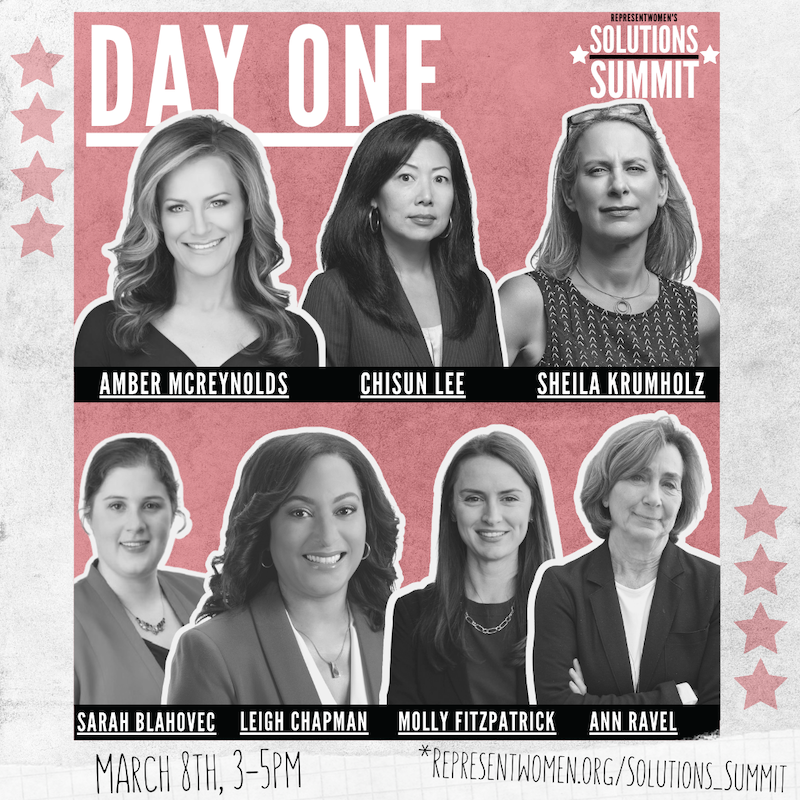
Register for RepresentWomen’s Democracy Solutions Summit to hear an incredible lineup of women experts and advocates who will be discussing election administration, campaign finance reform, the Electoral College, voting rights, ranked choice voting, redistricting, and the Fair Representation Act over the course of three jam-packed days! See the full program here!
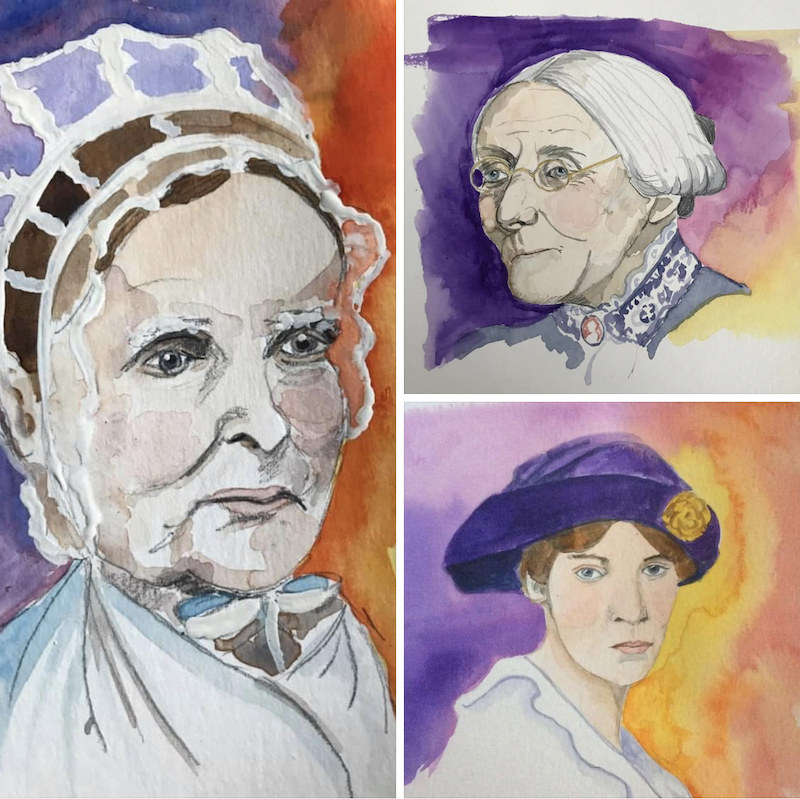
Susan B. Anthony was born on February 15, 1820 in Adams, Mass., into a Quaker family who instilled in her a deep commitment to justice and equality. Anthony was an ardent abolitionist and women’s rights advocate who worked closely with Frederick Douglass and others to expand voting rights and advance equality. There is an amazing play called The Agitators about the friendship between Douglass and Anthony that captures many of the challenges still facing movements for the rights of women and communities of color.

My mother Carolyn Nicholson Terrell was born on February 18, 1921 into a Quaker family seeped in the legacy of those who worked for abolition and equality in the 1800s. She was an eclectic mix of expansive thinking about the universe, and religion, and relationships while also completely devoted to nurturing creativity in children, collecting tadpoles, reading May Sarton, making the perfect sponge cake, gathering pussy willows, reading The Wind in the Willows, gardening and always staying on the cutting edge of acceptance and inclusion.
Check out the suggested reading from the team at RepresentWomen:
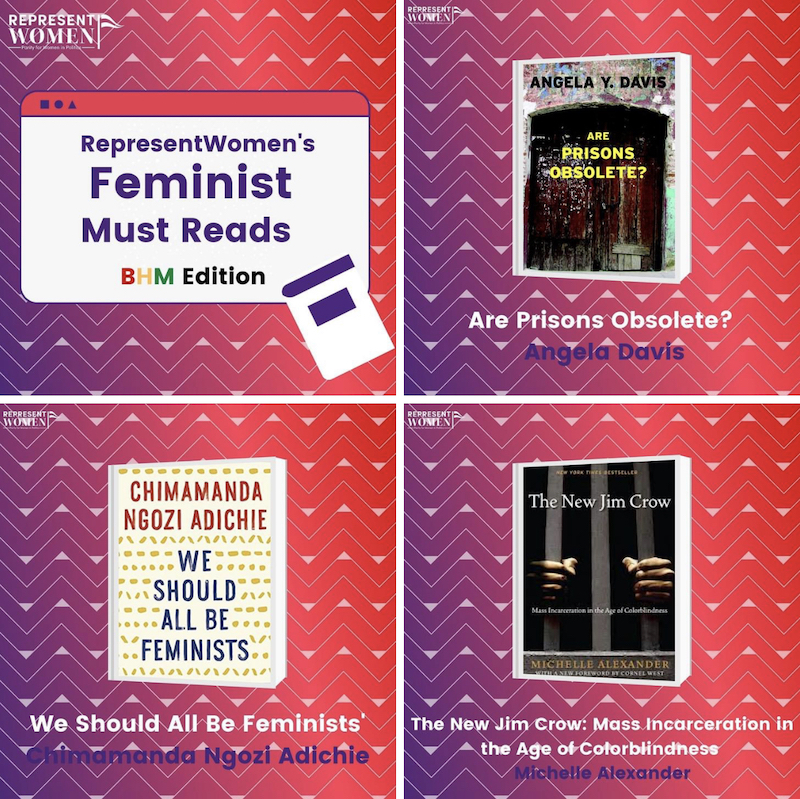

Paperwhites are still blooming on my kitchen counter…
That’s all for this week,
Cynthia
Up next:





